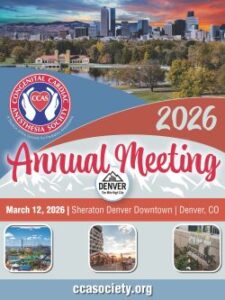{“questions”:{“joghu”:{“id”:”joghu”,”mediaType”:”image”,”answerType”:”text”,”imageCredit”:””,”image”:””,”imageId”:””,”video”:””,”imagePlaceholder”:””,”imagePlaceholderId”:””,”title”:”Authors: Christopher Busack MD, Chinwe Unegbu MD, and Daniela Perez-Velasco DO \u2013 Children\u2019s National Hospital
Question of the Week 397
{“questions”:{“kiytl”:{“id”:”kiytl”,”mediaType”:”image”,”answerType”:”text”,”imageCredit”:””,”image”:””,”imageId”:””,”video”:””,”imagePlaceholder”:””,”imagePlaceholderId”:””,”title”:”Authors: Daniela Perez-Velasco DO, Chinwe Unegbu MD, and Christopher Busack MD \u2013 Children\u2019s National Hospital
Question of the Week 396
{“questions”:{“79e15”:{“id”:”79e15″,”mediaType”:”image”,”answerType”:”text”,”imageCredit”:””,”image”:””,”imageId”:””,”video”:””,”imagePlaceholder”:””,”imagePlaceholderId”:””,”title”:”Author: Stephanie Grant, MD \u2013 Emory University and Children\u2019s Healthcare of Atlanta
Question of the Week 395
{“questions”:{“vl96q”:{“id”:”vl96q”,”mediaType”:”image”,”answerType”:”text”,”imageCredit”:””,”image”:””,”imageId”:””,”video”:””,”imagePlaceholder”:””,”imagePlaceholderId”:””,”title”:”Authors: Christopher Busack, MD and Daniela Perez-Velasco, DO \u2013 Children\u2019s National Hospital
Question of the Week 394
{“questions”:{“rayb8”:{“id”:”rayb8″,”mediaType”:”image”,”answerType”:”text”,”imageCredit”:””,”image”:””,”imageId”:””,”video”:””,”imagePlaceholder”:””,”imagePlaceholderId”:””,”title”:”Author: Sana Ullah, MB ChB, FRCA \u2013 Dallas, TX
- « Previous Page
- 1
- …
- 29
- 30
- 31
- 32
- 33
- …
- 47
- Next Page »
